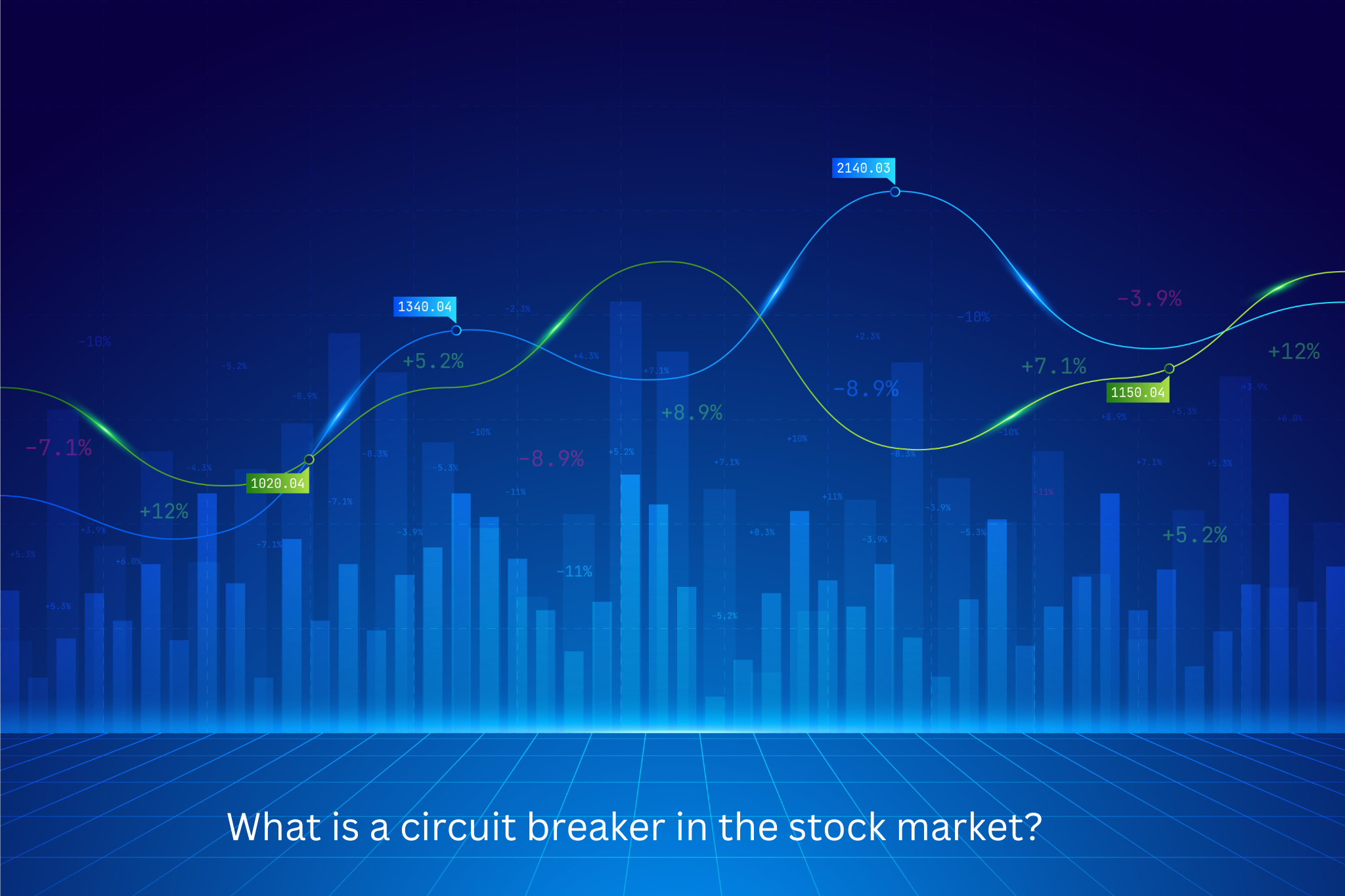Momentum-based trading strategies are popular in algorithmic trading and aim to capture trends and price momentum in financial markets. Here are some common momentum-based trading strategies used by algorithmic traders:
What are some common momentum-based trading strategies used in algorithmic trading?
- Momentum trading focuses on capturing trends and price momentum in financial markets to generate profits.
- Trend following strategies involve identifying and trading in the direction of established market trends. Traders use moving averages, trendlines, or other indicators to determine trend direction.
- Breakout trading strategies aim to profit from price movements when they break through key support or resistance levels. Traders use technical indicators or chart patterns to identify potential breakouts.
- Mean reversion with momentum confirmation combines mean reversion and momentum trading. It involves identifying assets that have deviated significantly from their average prices and using momentum indicators to confirm potential reversion points.
- Dual momentum strategies consider both relative and absolute momentum. Traders allocate their portfolios to assets with the highest relative or absolute momentum, seeking to capture strong performance.
- Pair trading involves identifying two correlated assets and taking long and short positions simultaneously. The strategy profits from the relative performance between the two assets, aiming to capitalize on temporary divergences.
- Rotational trading strategies periodically rotate portfolio holdings based on the relative strength or momentum of different assets or sectors. Traders select top performers and rebalance the portfolio to capture changes in momentum.
- Successful implementation of momentum-based strategies requires careful backtesting, risk management, and monitoring of market conditions.
Table of Contents
What are some common momentum-based trading strategies used in algorithmic trading?
Trend Following:
This strategy aims to identify and follow established trends in the market. Traders typically use moving averages or trend indicators to determine the direction of the trend and take long or short positions accordingly. Trend following strategies assume that trends will continue for a certain period before reversing.
Breakout Trading:
Breakout strategies involve identifying key support or resistance levels and entering positions when the price breaks out of those levels. Traders use technical indicators such as Bollinger Bands or moving average crossovers to spot potential breakouts. Breakout strategies capitalize on the momentum generated when the price breaks through significant levels of support or resistance.
Mean Reversion with Momentum Confirmation:
This strategy combines elements of mean reversion and momentum trading. It involves identifying assets that have deviated significantly from their average prices and taking positions in the expectation that the price will revert back to the mean. Traders may use momentum indicators to confirm the strength of the potential reversion.
Dual Momentum:
Dual momentum strategies consider both relative and absolute momentum. Relative momentum compares the performance of different assets or market sectors to identify the strongest performers. Absolute momentum, also known as time-series momentum, measures the past performance of an asset itself to determine its momentum. Traders allocate their portfolios to assets with the highest relative or absolute momentum.
Pair Trading:
Pair trading involves identifying two related assets that historically move together and taking long and short positions in them simultaneously. The strategy aims to profit from the relative performance between the two assets. Traders use statistical techniques to identify pairs with a high correlation and take advantage of any temporary divergences in their prices.
Rotational Trading:
Rotational strategies involve periodically rotating a portfolio’s holdings based on the relative strength or momentum of different assets or sectors. Traders select the top-performing assets or sectors and allocate their capital accordingly. The portfolio is rebalanced periodically to capture changes in momentum.
These strategies are just a few examples, and there are numerous variations and combinations of momentum-based trading approaches. It’s important to note that implementing these strategies successfully requires careful backtesting, risk management, and continuous monitoring of market conditions.


